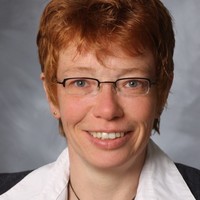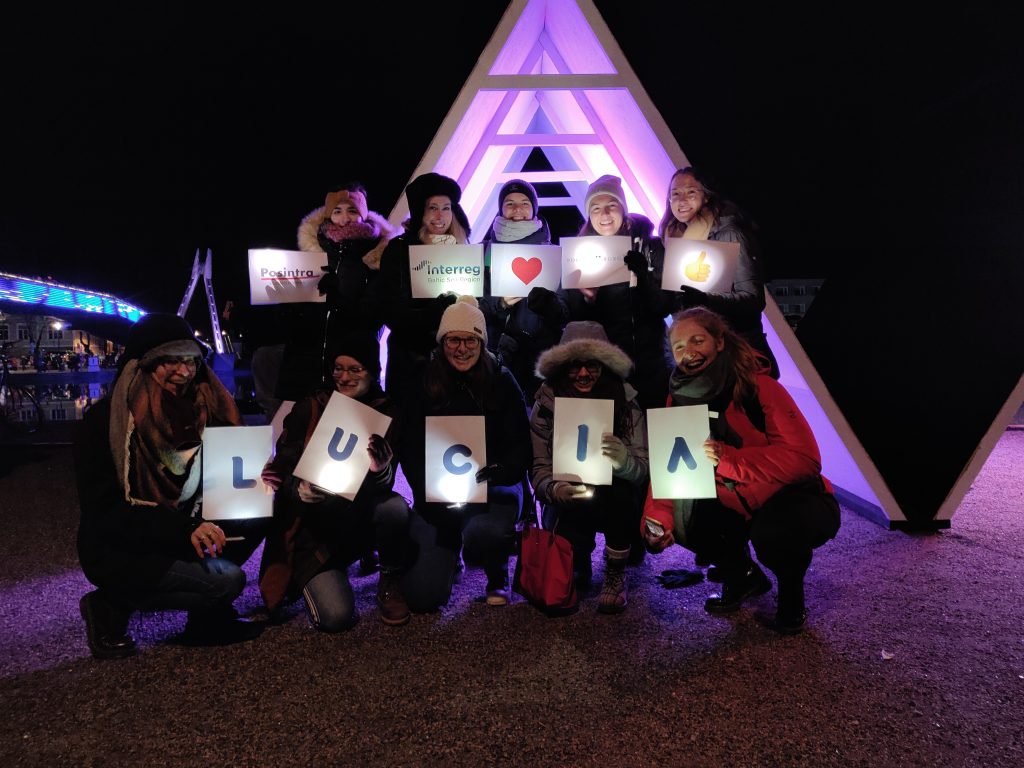Co-creation of Urban Lighting Solutions: an Interview with Heike Bunte (Lucia Project)

Partners of the Interreg Baltic Sea Region project Lucia – Lighting the Baltic Sea Region put a strong emphasis on co-creation in their cities.
We spoke to Heike Bunte from the borough of Hamburg-Altona, the Lucia lead partner about the challenges linked to co-creation.
The COVID-19 crisis has challenged the participation and co-creation formats we are used to working with. Where do you see positive sides of the current crisis in that respect?
Heike Bunte: I see the biggest value in investigating new and additional digital instruments. It is a unique chance to develop this. I wouldn’t say that the traditional forms are not worth working with, but there is a real need to bridge the gap between different generations and to involve target groups other than “the usual suspects” in our work. Covid-19 has accelerated this development and taught us to develop additional capacities.
Moreover, we know that we need to engage our citizens much deeper into our planning and transformation processes. If we don’t accept that change, we lose certain target groups. And this would also lead to a loss of responsibility. Citizen engagement is an important aspect to increase processes of democracy. I think everybody nowadays knows how important it is to stabilize a (city) society in order to create diversity and liveable places. So, altogether I think Covid-19 has taught us to develop additional capacities.
How can we make sure that we capitalise on these experiences in post COVID-19 times?
Heike Bunte: Currently we are learning how to develop and use these new forms of digital co-creation. In addition, we are also getting (online) feed-back from people on what they liked about these tools or not. This is motivation enough to invest in further thinking. For example, we noticed that 3D models have absolutely fascinating aspects of creating urban places in a very detailed manner.
Moreover it’s not only the 3D perspective that is so interesting, but also the ability to move into tiny little corners of urban places; turn things around so that a future urban place becomes real. And the most important aspect is: it’s not only about buildings, benches, lamps, trees and pathways… people and their needs can be integrated in these processes.
I’m convinced that we will move on with our developments and try to create tools that can be used to guarantee sustainable processes. From my point of view, it doesn’t make sense to develop a tool and only use it once. We need instead to also develop sharing concepts for this kind of work and materials. So, third parties, such as neighbourhood initiatives, could also get access to these instruments. I believe that this would also bring people closer together by digital means.
What has been the biggest surprise to you so far in the Lucia project’s co-creational activities?
Heike Bunte: The biggest surprise for me was to see the great bundle of different (digital) forms and tools for co-creation activities within the Lucia cities. At the beginning of the crisis my assumption was that we would more or less all choose the same methods because it was a challenge to handle the real everyday life under Covid-19. My idea was that we wouldn’t have much time for being creative in a way. But the opposite happened which was wonderful to see.
What else needs to be done to strengthen co-creation processes between research and practice?
Heike Bunte: I would love to see a much closer co-working atmosphere between research/science and practitioners in the field. While both sides equally accept the strengths and knowledge of the other side, many digital forms and tools are currently developed in parallel. We need to synchronise these parallel processes better and need to exchange our ideas and visions. Last but not least: it’s also worthwhile and should be allowed to ask whether co-creation and participation are always useful and fruitful. I would also love to see an honest discussion on the limits of co-creation.


An edited version of this interview originally appeared in Cities & Lighting magazine (Issue #9, 2021).

